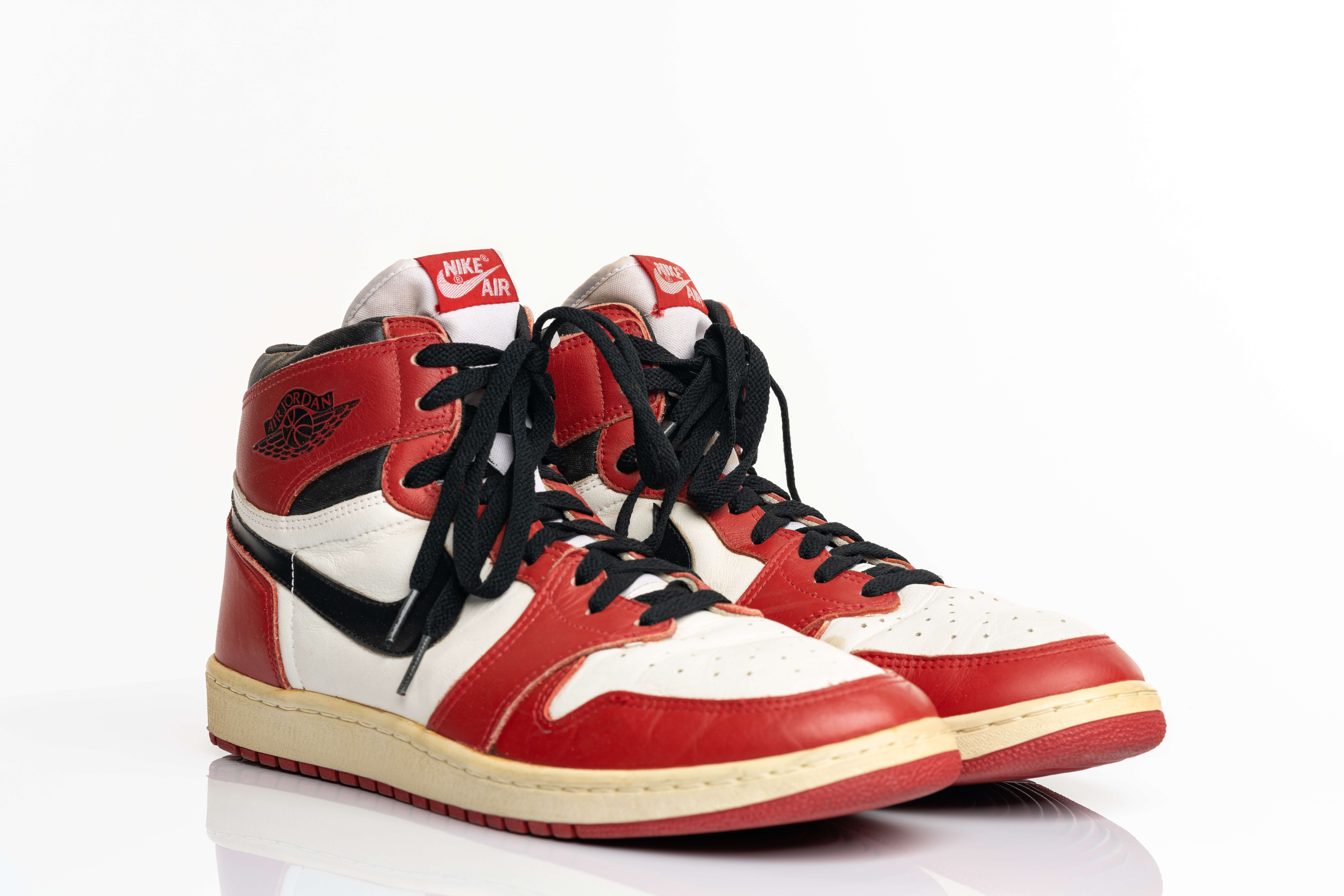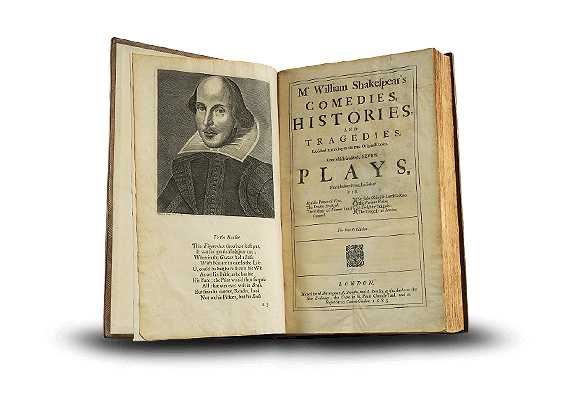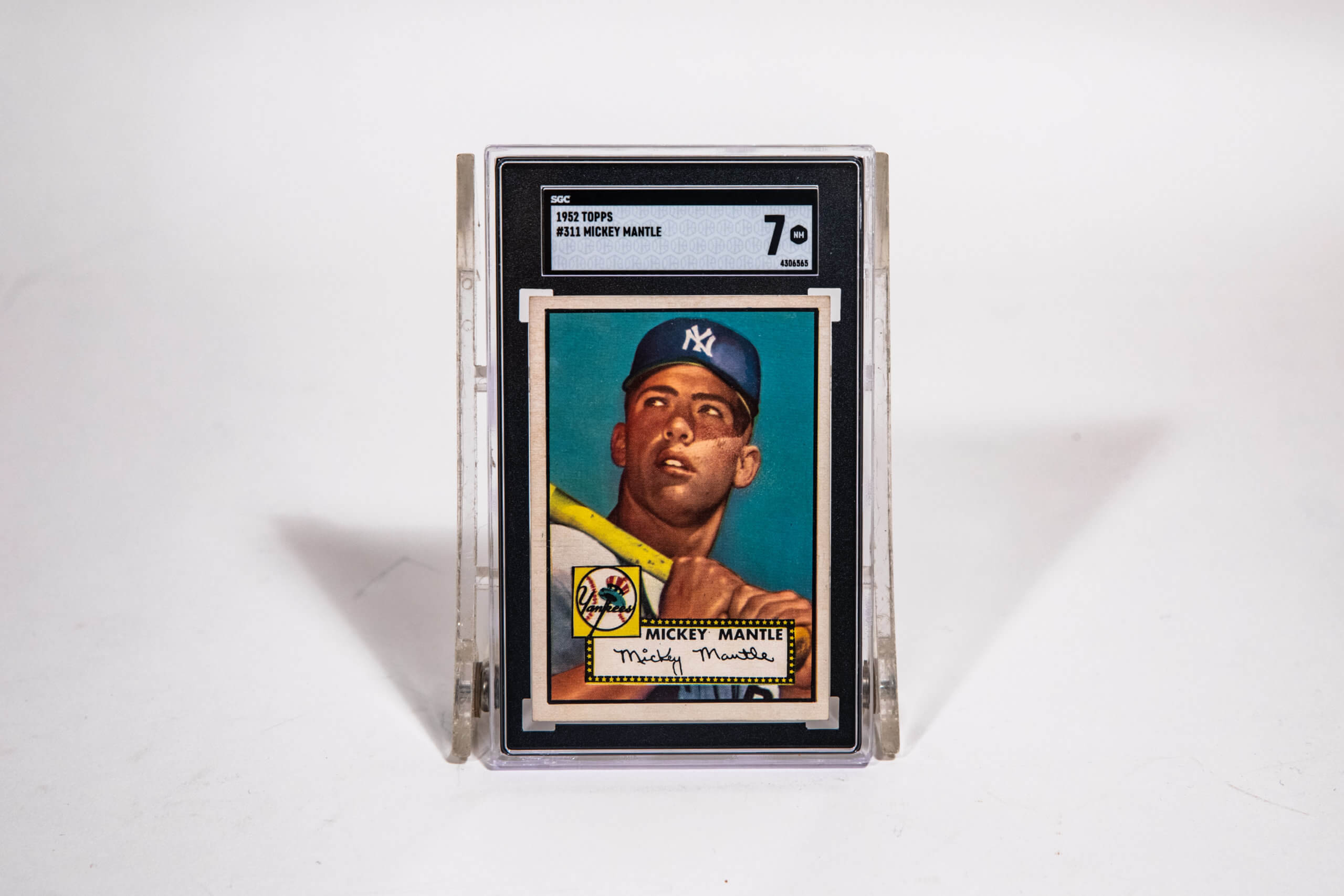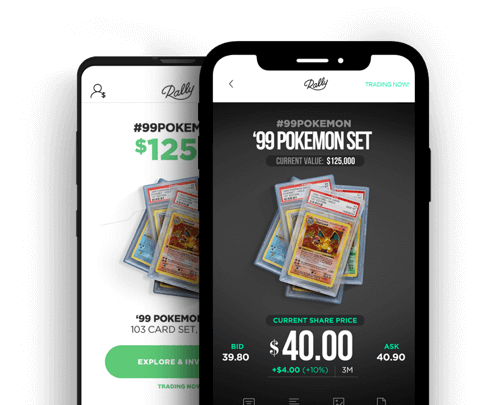Blog > Stories
Apple’s Greatest Idea Wasn’t From Steve Jobs

Blog > Stories
Apple’s Greatest Idea Wasn’t From Steve Jobs

Steve Jobs has become known as a modern day visionary — responsible for shaping the world around us as much as any technologist or designer in recent memory. His personality and wardrobe are a part of cultural history.
With so much of Apple’s story tied into the lore of Jobs, it may come as a shock to find out that one of the most important product decisions that shaped the trajectory of the entire industry didn’t come from Jobs. Or Woz. Or even Ronald Wayne, Apple’s oft-forgotten third cofounder who notoriously sold his 10% stake in the company for $800 less than two weeks after the company’s founding.
Instead, the source was Paul Terrell, Apple’s first major customer and the founder of The Byte Shop, one of the first computer retail stores in the world.
Terrell’s early-adopter spirit was perfectly aligned with the early days of Apple, which can be traced back to the Homebrew Computer Club.
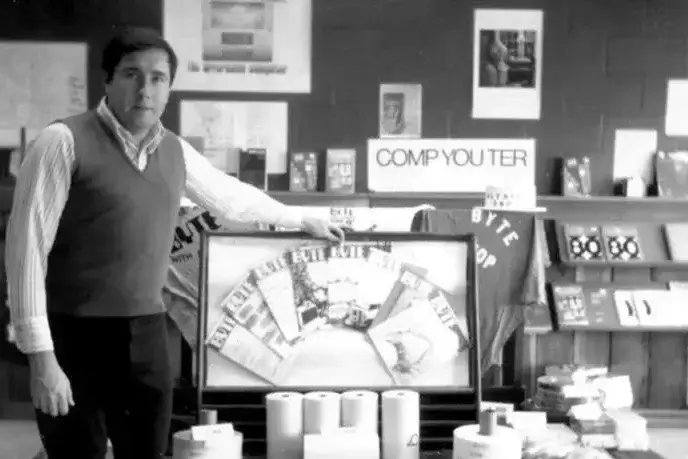
The PC revolution started in a tiny Palo Alto living room in 1975 when a few die-hard techies formed the Homebrew Computer Club, a forum to fool around with spare parts and build rudimentary computers from scratch.
At the time of their first meeting, when a long-haired hippie named Fred Moore pinned up hand-cut announcements to empty bulletin boards or telephone poles to advertise the club’s launch, there was no reason to suspect it would shape history.
High school buddies and future Apple co-founders, Steve Jobs and Steve Wozniak (better known as ‘Woz’), were early attendees of these meetings, experimenting with what would become the future of tech.
Attendance quickly ballooned from the 32 tinkerers who showed up to that first meeting on a rainy March night in 1975. Soon the club attracted hundreds of regular participants, requiring the meetings move to the Stanford Linear Accelerator Center to accommodate the crowds.
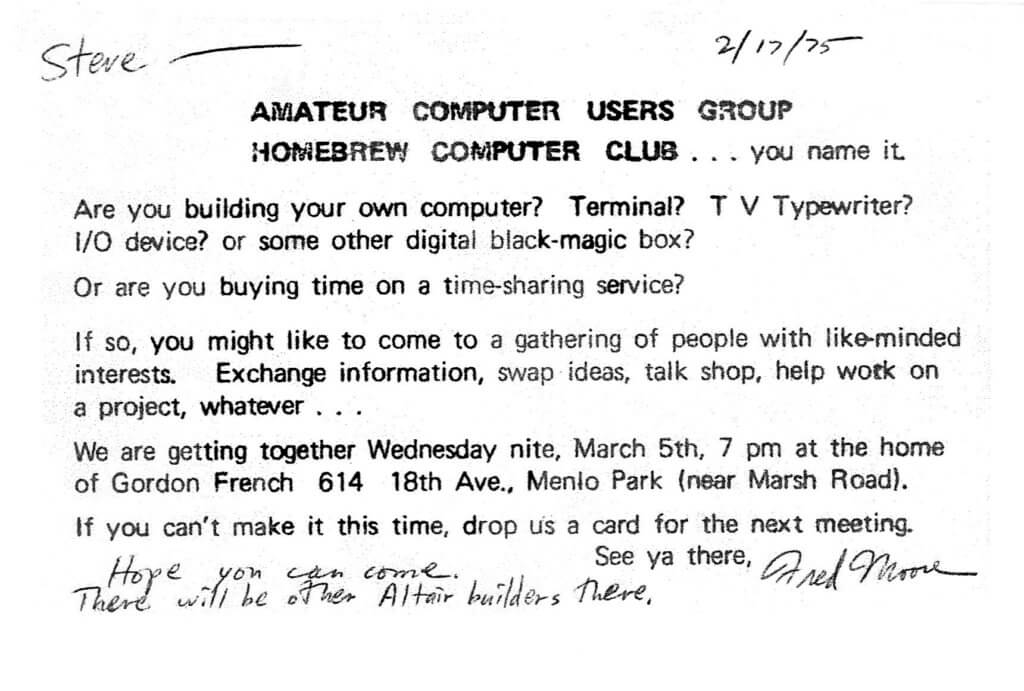
The club saw computing as a hobby — a group of enthusiasts with an idealist view for a democratized future — which Moore firmly believed “should have nothing to do with making money.” The theme was “Give to help others,” Woz later wrote, and the meetings exemplified the open-sourced nature of the tech scene at the time.
It was perfect timing considering the latest and greatest in personal computing had just debuted in Popular Electronics Magazine: A small computer kit based on the brand-new Intel microprocessor called the Altair 8800. Originally requiring users to program the Altair using toggle switches, a Harvard student named Bill Gates and his buddy Paul Allen helped integrate the easy-to-use BASIC programming language, and the race was on.
Inspired by the innovations of the Altair and others in the space, Woz started developing his own PC.
To the chagrin of the finance-focused Jobs, Woz delighted in sharing his side-project with fellow Homebrewers, passing around schematics for what would become the Apple-1 and even making free house-visits to help friends build their own. Dan Sokol, a club member who sat next to Woz at one of the early meetings, recalled that Woz treated this early tinkering as a purely leisurely activity.
“We Were Interested In Playing With Toys”
Dan Sokol
Like any startup the duo needed funding – so Woz sold his HP-65 calculator and Jobs cashed in his van, together raising around $1,300 to begin assembling the first boards of what would become the Apple-1 in Jobs’ bedroom.
On April 1, 1976 the two formed Apple Computers. Woz hand-built 200 Apple-1 computers, a barebones machine meant for serious techies. It was essentially just a circuit board, with the user responsible for providing everything from the keyboard to a display.
When Jobs walked into The Byte Shop to pitch the new product, the owner Paul Terrell saw an issue. Sure, the self-assembly machine was powerful, but not enough of a leap to justify taking on the risk. He believed the deep knowledge required to actually put the computer together wouldn’t cut it outside of the devoted group of early adopters hanging around the Homebrew Computer Club.
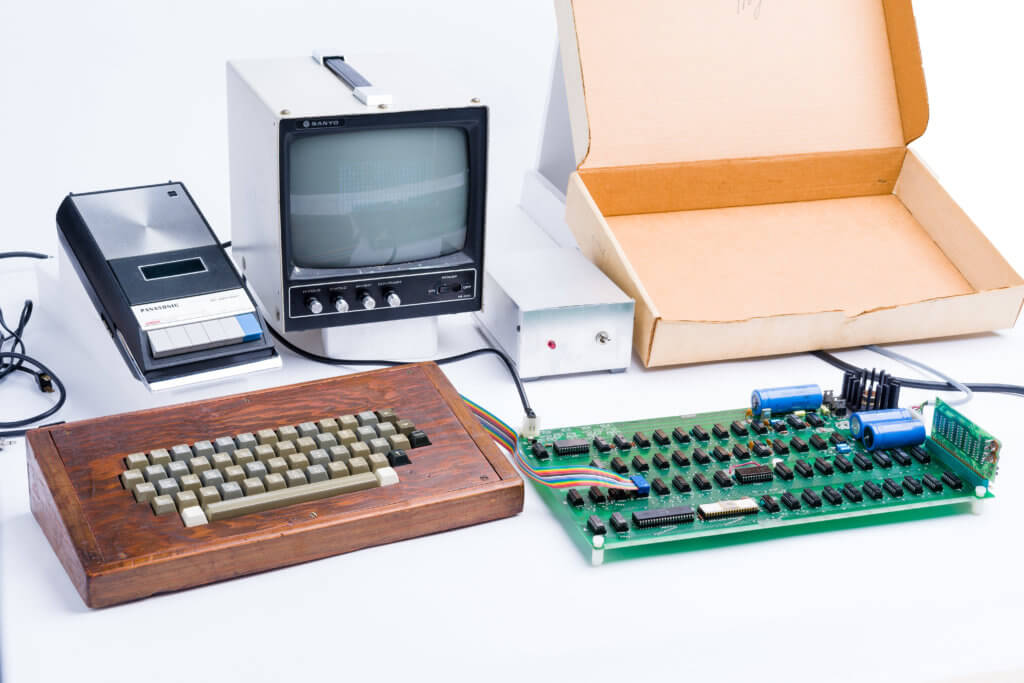
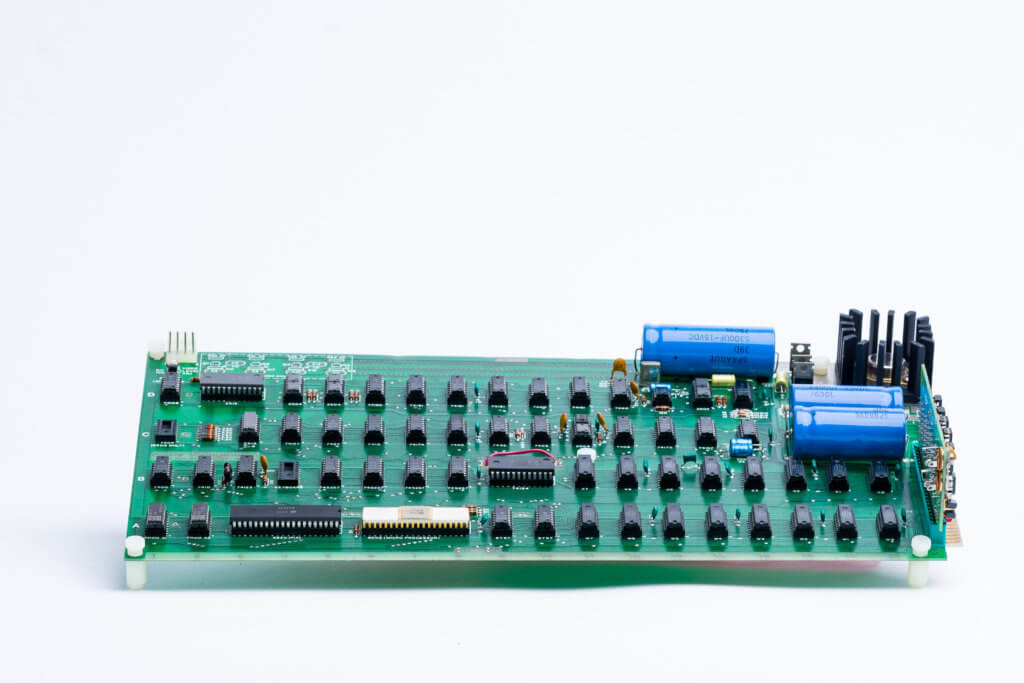
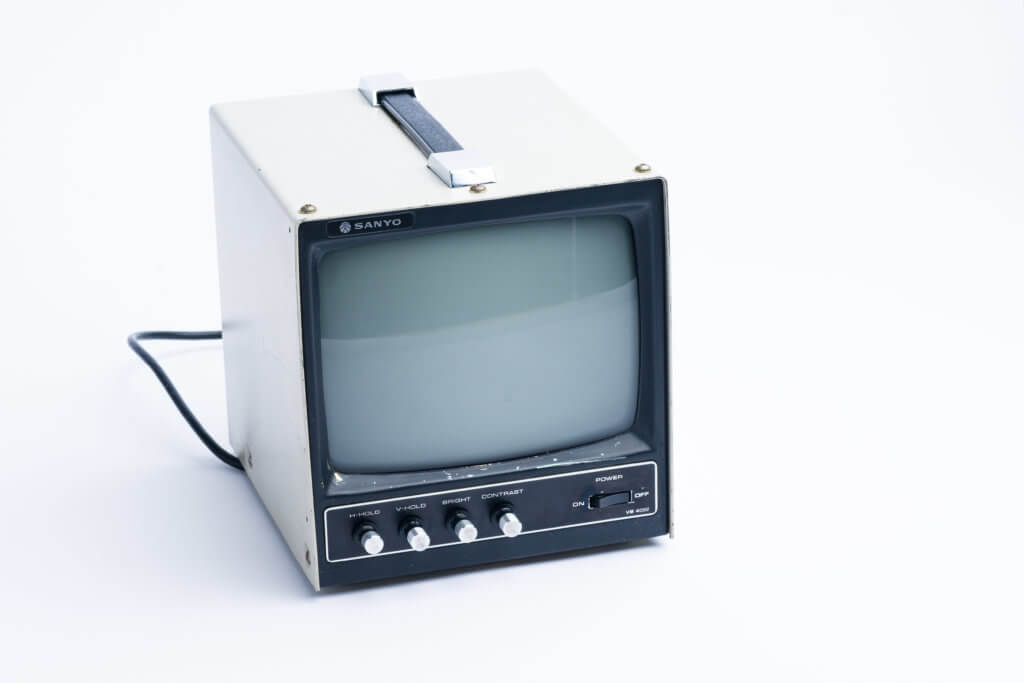
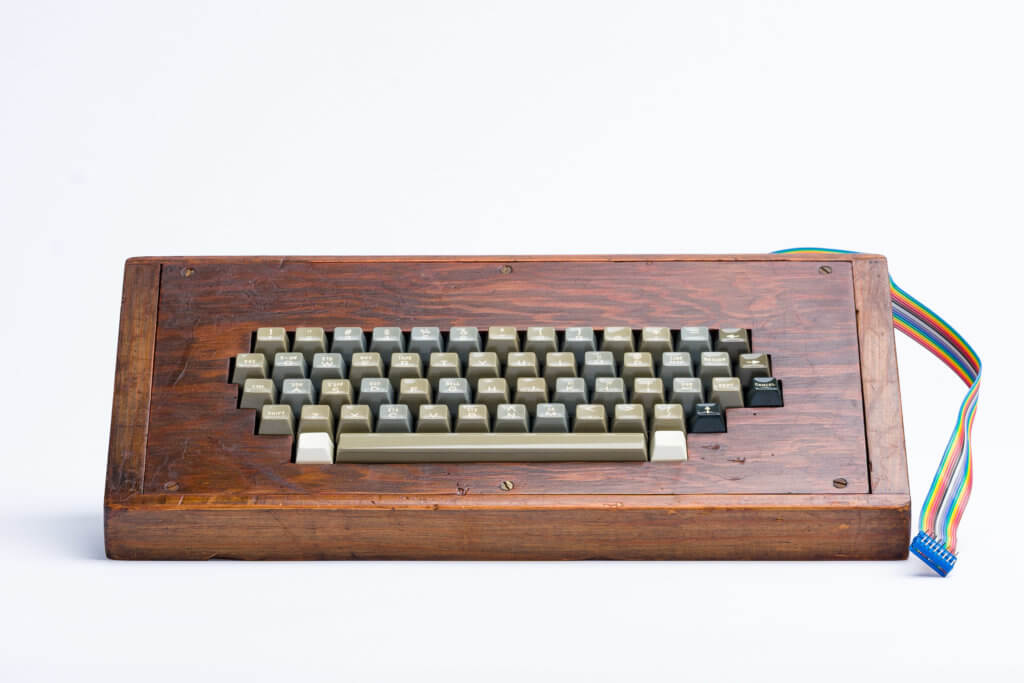
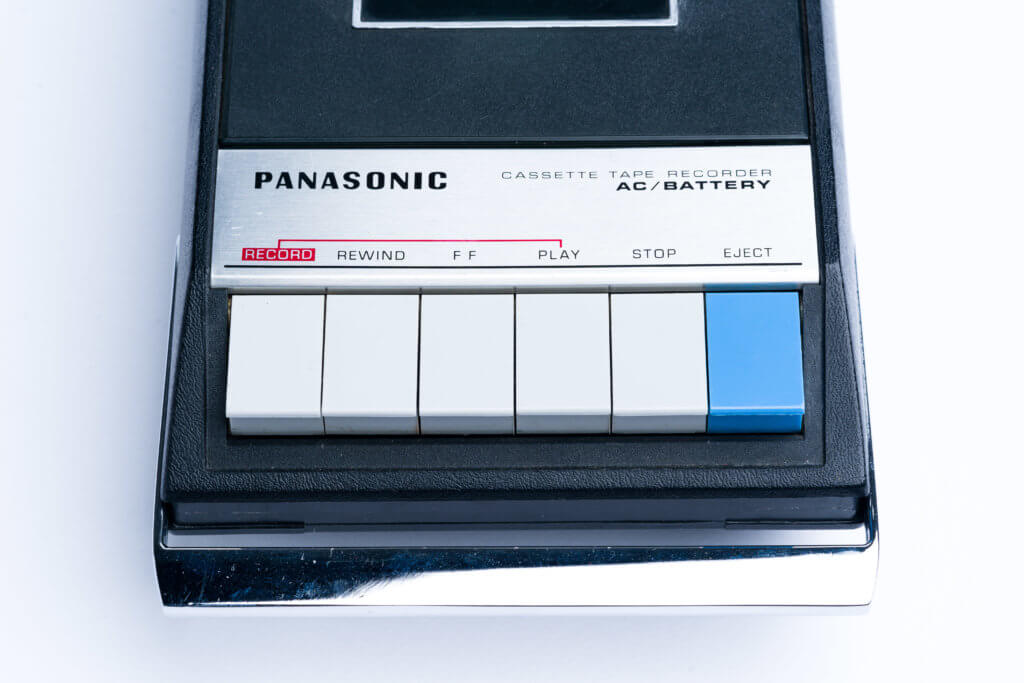
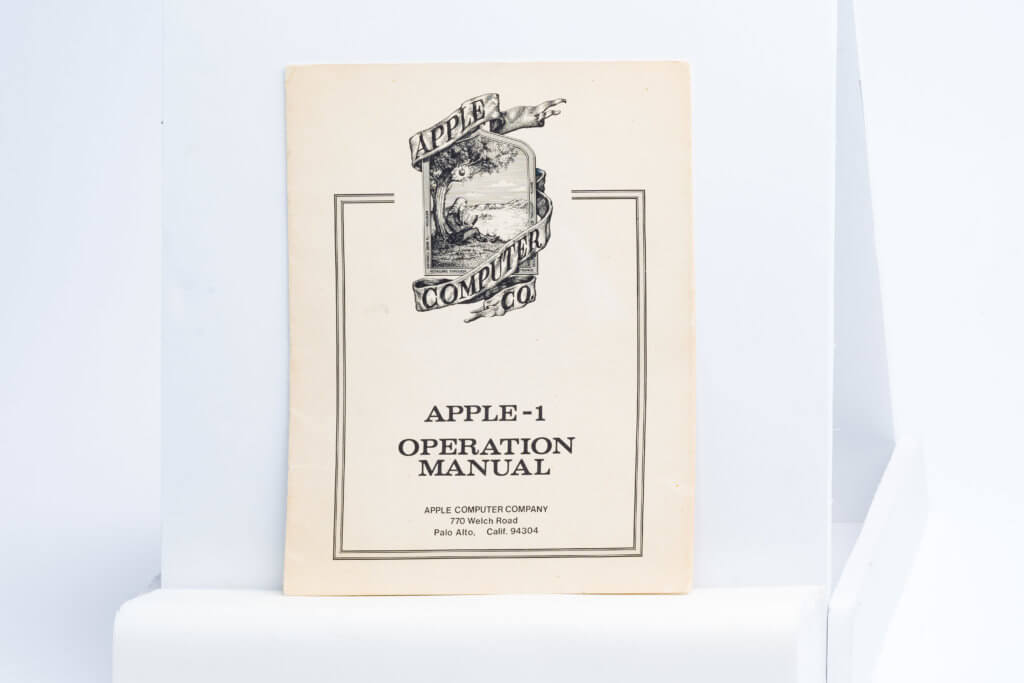
Terrell offered Jobs a deal: Deliver the computers fully-assembled and he would order 50 of them for his shop for $500 each.
The famously stubborn Jobs acquiesced, not only securing Apple’s first major sale, but more importantly, establishing a guiding principle that would transform the entire scope of Apple’s business into the user-first, design-forward brand that would become their calling card.
Woz would later emphasize the importance of that moment by referring to Terrell as an “honorary cofounder” and remembered the sale as “the biggest single episode in all of the company’s history.”
“Nothing in subsequent years was so great and so unexpected.”
Steve Wozniak
They sold their new PC at $666.66 (nothing Satanic, Woz was just a fan of repeating decimals). That’s over $3,200 in 2022 dollars – which today would buy you three new iPhones.
They sold all but 25 of their units. Continuing with their less-than-conventional sales tactics they learned in college, Jobs would show up at local electronic stores barefoot, or, at best, in sandals to pitch his new machine.
Following up their debut with the Apple II, Terrell’s lesson was put into full use — delivering Apple’s first big hit. In stark contrast to the first iterations of its predecessor, the Apple II was designed with “ordinary people” in mind from the start, creating a frictionless experience that ultimately became one of Apple’s greatest strengths. Jobs’ biographer Walter Isaacson credited it with the launch of the personal computing industry.
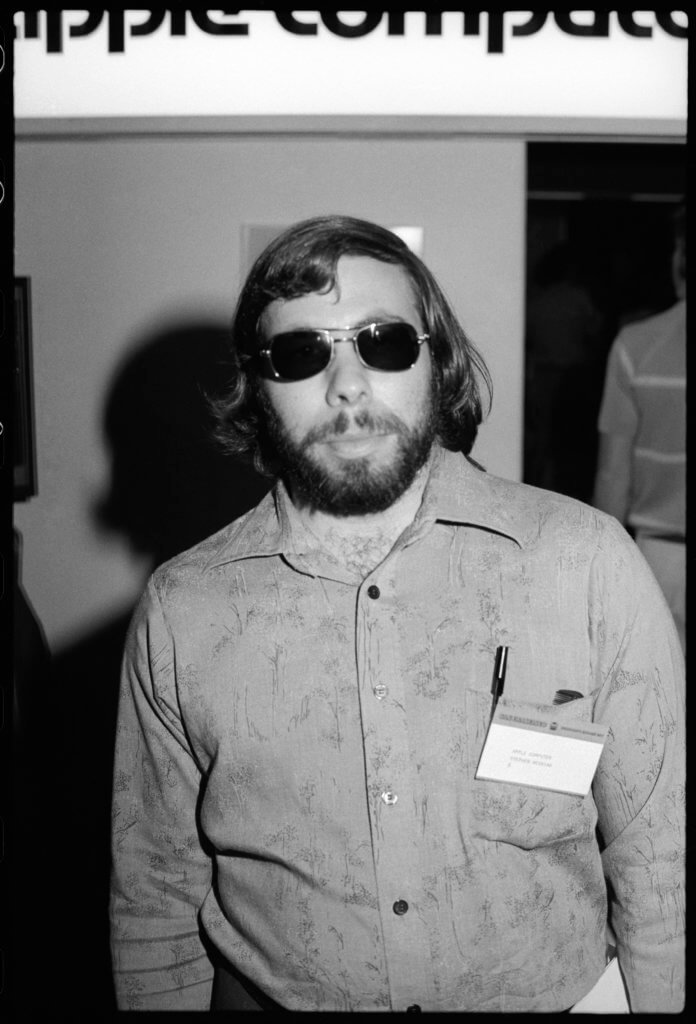
After more than 45 years and a quarterly revenue that just topped $100 billion in 2021, historians, collectors, and mac enthusiasts alike have begun treating the original Apple-1 as a holy artifact from the early days of PCs. From those original 200 Apple-1 computers hand-built by Woz, that number has dwindled down to around 66 verified computers according to the online registry of Apple-1s.
Some of these are on display in museums around the world from the Smithsonian to the Deutsches Museum in Munich (the world’s largest museum of science and technology), but of the few that remain in private hands, prices have surged in recent years. In 2010, a bidder at Christie’s walked away with one of the original Apple I’s for less than $215,000. In 2020, a sale cleared $735,000.
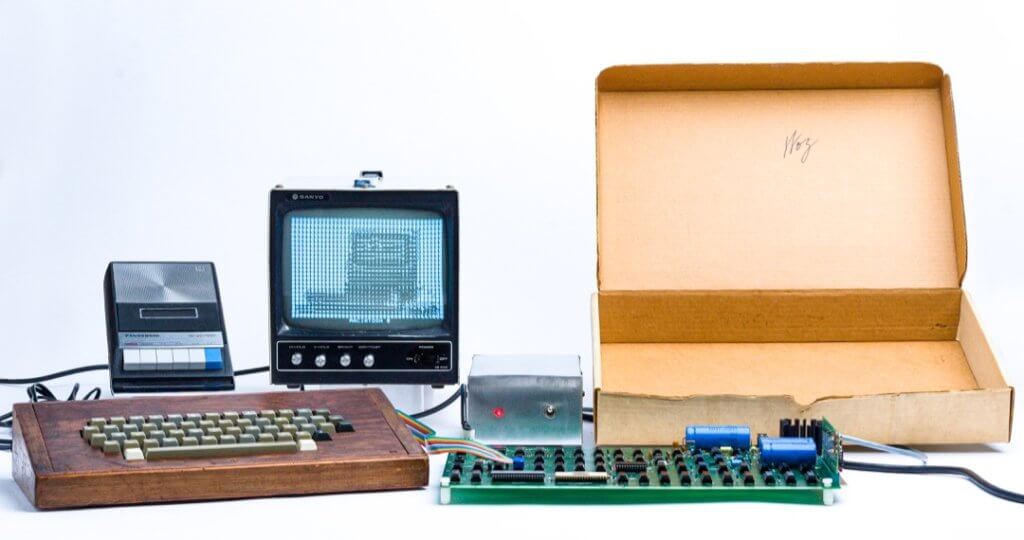
Apple Assets in the Rally Rd. Collection
1976 Apple-1 Computer
Steve Jobs ‘Middle Finger to IBM’ Jacket
’84 Macworld #1 (Signed by Jobs & Woz)
’86 Macintosh Plus (Signed by Steve Jobs + Mac Team)
’01 Apple iPod 1st Generation (Sealed)
Sources
Baqué, Achim. “Apple-1 Registry.” The Apple-1 Registry. Accessed August 18, 2022. https://www.apple1registry.com/en/stories.html.
“Computer History Museum.” The Homebrew Computer Club. Accessed August 18, 2022. https://www.computerhistory.org/revolution/personal-computers/17/312.
Dormehl, Luke. “Today in Apple History: Homebrew Computer Club Meets for First Time.” Cult of Mac, March 3, 2022. https://www.cultofmac.com/470195/apple-history-homebrew-computer-club/.
Spangler, Todd. “Apple Powers to Record $124 Billion Year-End 2021 Quarter, Services Revenue Soars 24%.” Variety. Variety, January 28, 2022. https://variety.com/2022/digital/news/apple-record-quarter-year-end-2021-services-1235165383/#:~:text=Analyst%20estimates%20had%20pegged%20Apple,trading%20on%20the%20earnings%20beat.
Magazine, Smithsonian. “Steve Wozniak’s Apple I Booted up a Tech Revolution.” Smithsonian.com. Smithsonian Institution, March 1, 2016. https://www.smithsonianmag.com/smithsonian-institution/steve-wozniaks-apple-i-booted-up-tech-revolution-180958112/#:~:text=A%20few%20months%20ago%2C%20several,capable%20of%20running%20elementary%20programs.
Dernbach, C. (2012, February 13). Apple I and Apple II. Mac History. Retrieved August 24, 2022, from https://www.mac-history.net/computer-history/2008-05-25/apple-i-and-apple-ii
Rawlinson, N. (2017, April 25). History of Apple: The story of Steve Jobs and the company he founded. Macworld. Retrieved August 24, 2022, from https://www.macworld.com/article/671584/history-of-apple-the-story-of-steve-jobs-and-the-company-he-founded.html
Haslam, K. (2012, April 5). Walter Isaacson discusses Apple and Steve Jobs. Macworld. Retrieved August 24, 2022, from https://www.macworld.com/article/669505/walter-isaacson-discusses-apple-and-steve-jobs.html
Computer History Museum. The Apple II. (n.d.). Retrieved August 24, 2022, from https://www.computerhistory.org/revolution/personal-computers/17/300
Luo, B. (2021, December 19). Ronald Wayne: On co-founding Apple and working with Steve Jobs. NextShark. Retrieved August 24, 2022, from https://nextshark.com/ronald-wayne-interview/
Dormehl, L. (2021, December 8). Today in apple history: The Byte Shop, Apple’s first retailer, opens. Cult of Mac. Retrieved August 24, 2022, from https://www.cultofmac.com/457420/byte-shop-opens-tiah/
Luo, B. (2021, December 19). Meet Apple’s honorary fourth co-founder. NextShark. Retrieved August 24, 2022, from https://nextshark.com/paul-terrell-apple/ Lendino, J. (2022, April 15). 45 years ago, Apple kickstarted the personal computer industry. PCMAG. Retrieved August 24, 2022, from https://www.pcmag.com/news/45-years-ago-apple-kickstarted-the-personal-computer-industry




